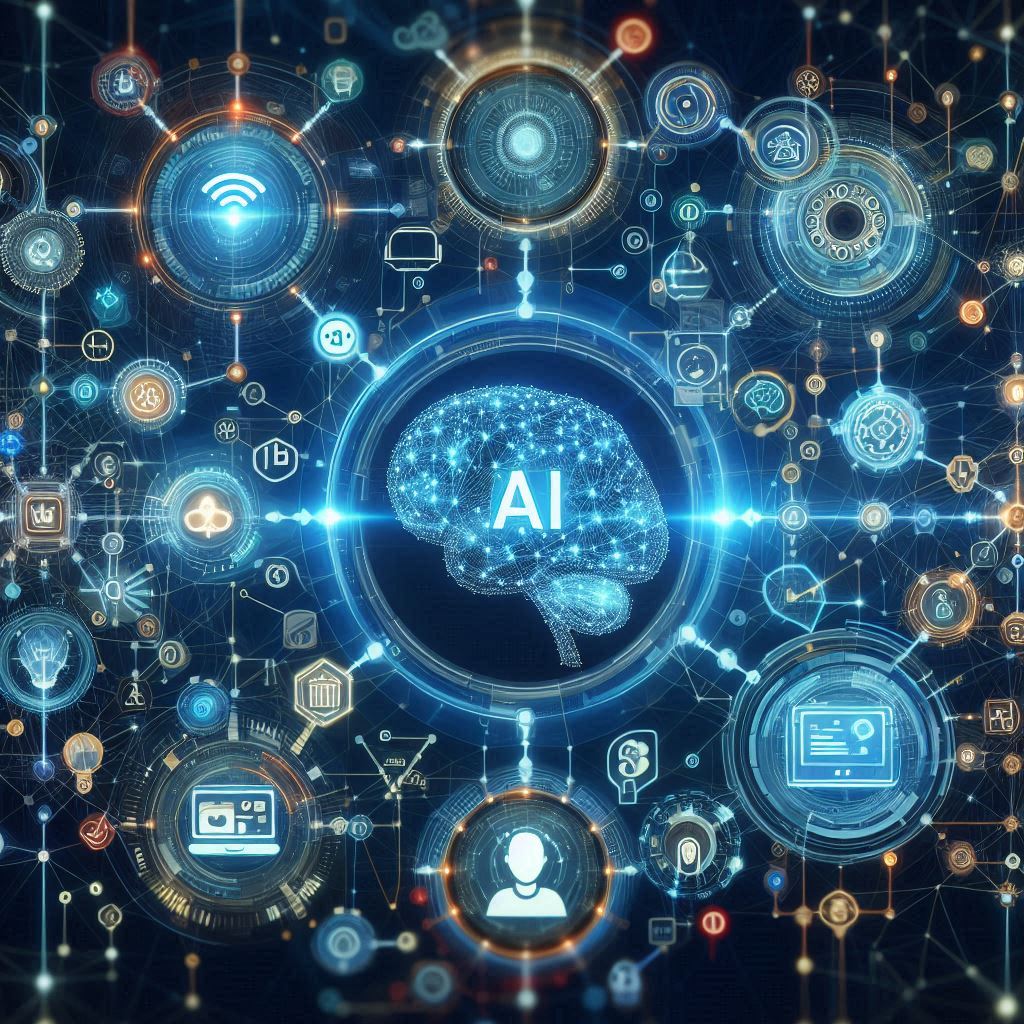Introduction to Data Science: Concepts and Practice
Data science represents a sophisticated collection of methodologies used to extract actionable insights and value from data. In today’s data-driven world, it has become indispensable for organizations that gather, store, and process large volumes of information. At its core, data science is about uncovering meaningful patterns, relationships, and connections within data. While the term “data science” is often a buzzword, it encompasses a wide array of techniques, from machine learning to predictive analytics and data mining. Each of these areas has its own connotations and applications depending on the context, but all are fundamentally linked through their reliance on empirical data to drive decision-making and innovation.
Despite its recent surge in popularity, the foundational methods of data science have been in use for decades, if not centuries. Since the early 19th century, engineers and scientists have employed predictive models as tools for forecasting and understanding complex systems. The inherent human curiosity about future events has long driven the development of predictive sciences. Today, nearly every organization, from global enterprises to small businesses, uses data science in some form, even if the terminology has evolved over time. The “science” in data science underscores the evidence-based approach that relies on historical observations and empirical data.
As computational power has grown, in accordance with Moore’s Law, the applications of data science have expanded into diverse fields. In the past, building a production-quality regression model required substantial time and computational resources. Today, advanced machine learning models, leveraging hundreds of predictors and millions of records, can be processed in seconds on a standard laptop. However, the fundamental process of data science—preparing, cleaning, and standardizing data before applying learning algorithms—remains unchanged. Future developments in automation may streamline these preparatory steps, allowing data scientists to focus more on interpreting results and making strategic decisions. This shift could further democratize data science, extending its reach to a broader audience.
Key Techniques in Data Science
The field of data science is often dominated by a core set of powerful techniques that are used by practitioners to achieve their objectives. These include decision trees, regression models, deep learning, and clustering algorithms. While the majority of data science tasks can be accomplished using these methods, the long tail of specialized techniques is where significant value often lies. Depending on the problem at hand, the best approach may involve a relatively obscure technique or a combination of several less commonly used methods. Thus, a systematic understanding of data science and its methods is essential for practitioners seeking to apply these techniques effectively.

AI, Machine Learning, and Data Science: Interconnections
Artificial Intelligence (AI), machine learning, and data science are closely related fields that are frequently used interchangeably, particularly in popular media and business contexts. However, they each have distinct definitions and applications. AI focuses on endowing machines with the ability to mimic human cognitive functions, such as recognizing faces, driving autonomously, or sorting mail. Machine learning, often considered a subfield or tool of AI, involves providing machines with the capability to learn from data. This learning process typically uses training data to develop models that can generalize patterns and make predictions.
Data science, by contrast, is the business application of these techniques, incorporating elements of statistics, visualization, and mathematics to extract value from data. It is an interdisciplinary field that leverages machine learning to solve practical problems, such as recommending products, detecting fraud, predicting customer churn, or forecasting revenue. Data science is inherently iterative, involving continuous refinement of models and methods to achieve optimal results.
Core Concepts in Data Science
Extracting Meaningful Patterns
At the heart of data science is the ability to identify meaningful and actionable patterns within datasets. This process, known as knowledge discovery in databases, involves the iterative testing of various hypotheses to find relationships that are valid, novel, and useful. The goal is to generalize these patterns so they apply not only to the dataset at hand but also to new, unseen data. The ultimate objective is to derive insights that can inform decisions and drive organizational success.
Building Representative Models
In statistics, models represent relationships between variables within a dataset. Data science builds on this concept by creating models that both predict outcomes and explain the relationships between variables. For instance, a model might predict loan interest rates based on credit scores, income levels, and loan amounts, while also shedding light on how each factor influences the final decision.
Integration of Disciplines
Data science draws on techniques from various fields, including statistics, machine learning, and computing, to handle large datasets and uncover insights. The algorithms used in data science have evolved from these disciplines and now incorporate techniques from parallel computing, linguistics, and behavioral studies. Successful data science relies not only on technical proficiency but also on domain expertise—understanding the business context and the data being analyzed.
Learning Algorithms
Data science employs learning algorithms to discover patterns in data automatically. These algorithms, many of which are rooted in machine learning and AI, automate the search for optimal solutions to data problems. Whether the task is classification, clustering, or regression, data scientists use specific algorithms to address the problem at hand, with classic methods like decision trees and neural networks remaining foundational to the field.
Conclusion
Data science is a dynamic and evolving field that combines elements of statistics, machine learning, and computing to extract value from data. It is closely intertwined with related fields such as AI and machine learning, yet it stands out for its focus on practical, business-oriented applications. As data science continues to evolve, its techniques and methods will become increasingly sophisticated, enabling organizations to make more informed decisions and gain a competitive edge in the marketplace. Understanding the core principles and techniques of data science is essential for anyone looking to harness the power of data in today’s world.




+ There are no comments
Add yours